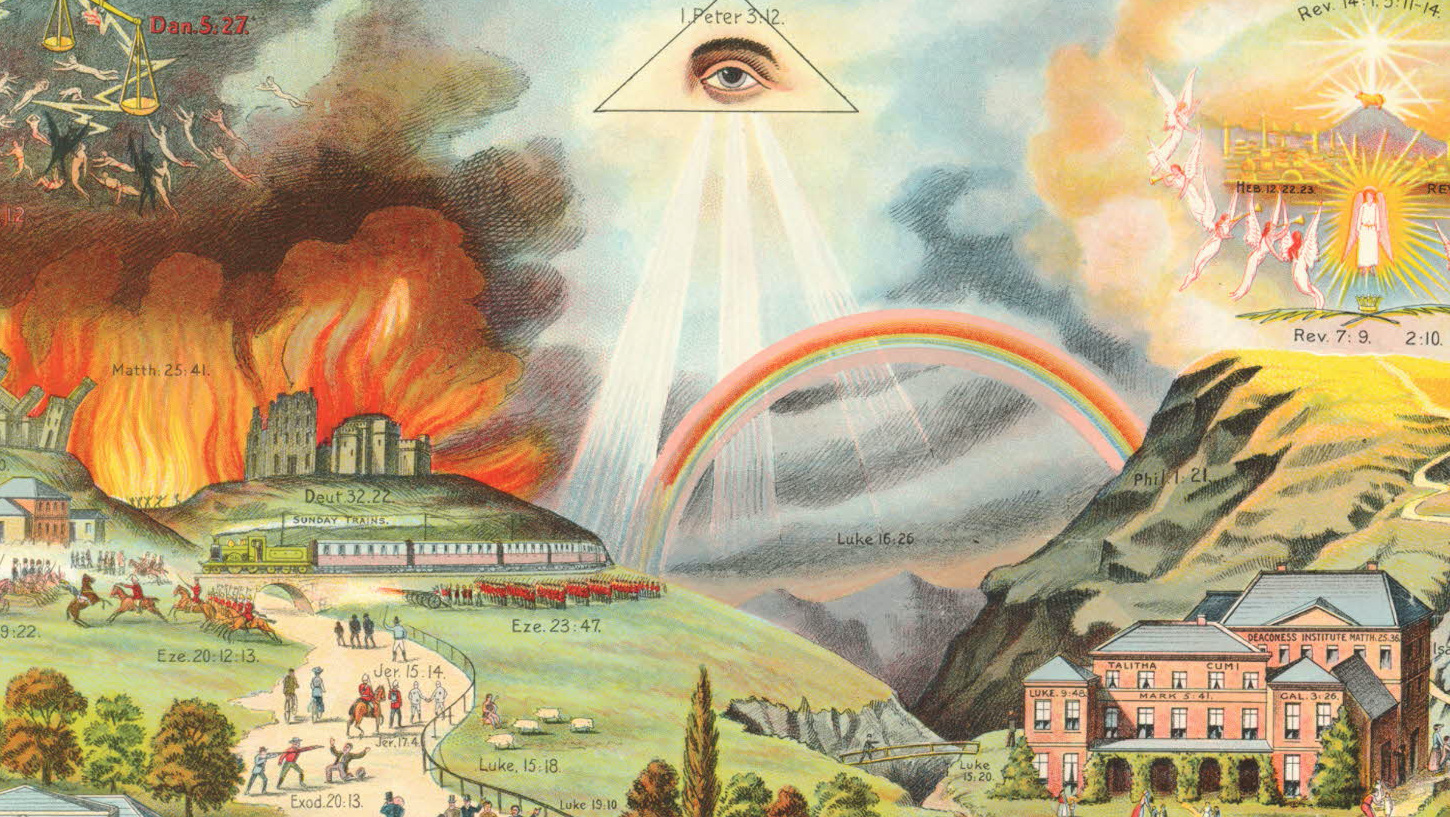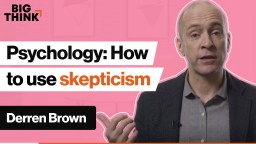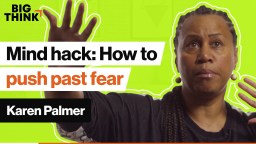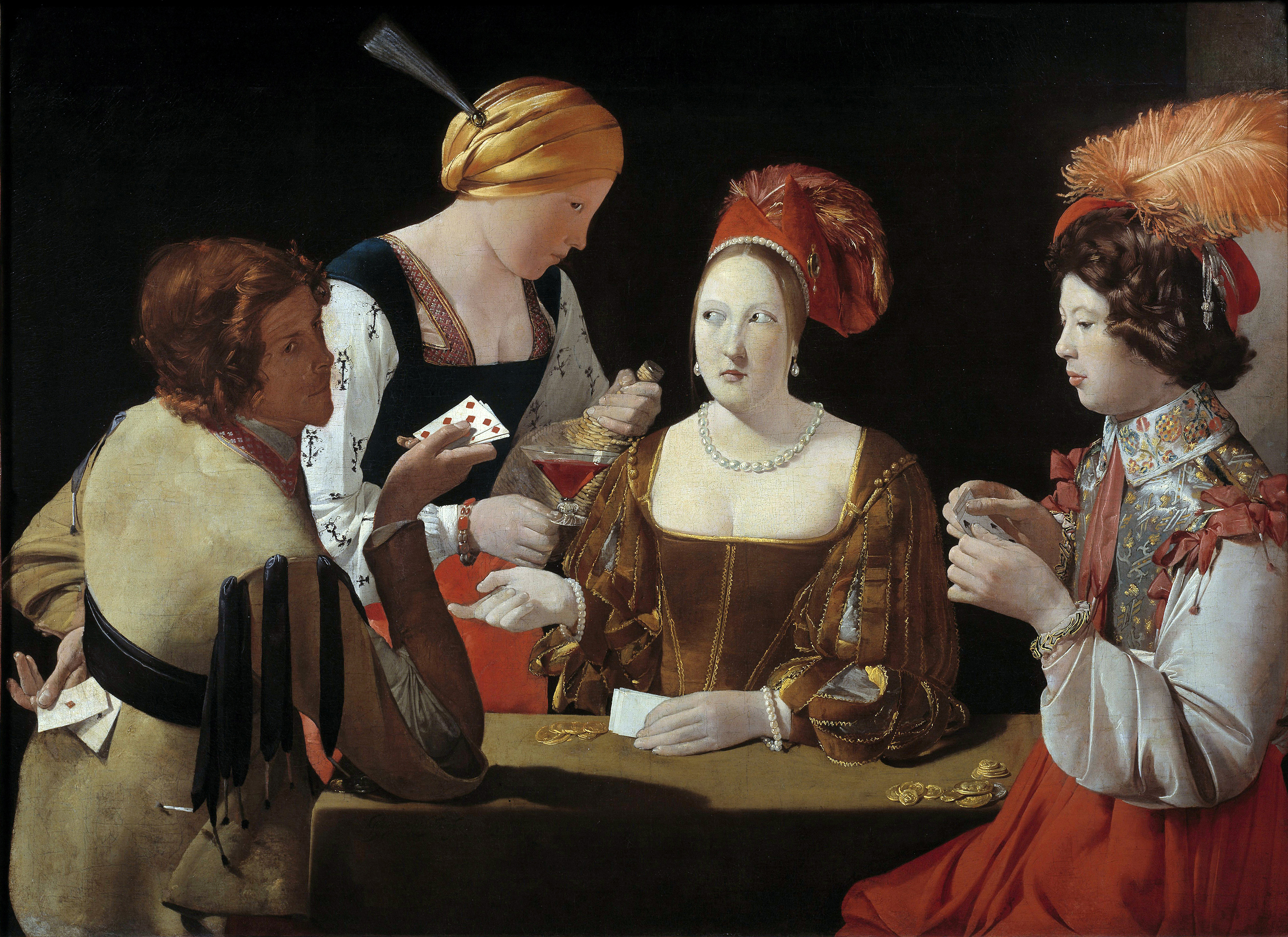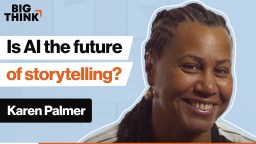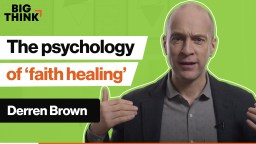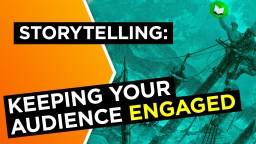storytelling
Linguists discover 30 sounds that may have allowed communication before words existed.
A five-year-old reading a picture book in her pillow fort. A college student and his friends at the midnight matinee. A ninety-year-old watching her soaps. What do they have in […]
Scans show similar activity to what occurs when you think about yourself.
Next time you listen to scary campfire stories, sit with a friend who has aphantasia.
Words of wisdom from H.P. Lovecraft, Sir Anthony Hopkins, Dr. Temple Grandin, Hannah Gadsby and more.
The pieces don’t represent an army, they stand in for the Western social order.
The heart of the religious ritual is mysticism, argues Brian Muraresku in “The Immortality Key.”
A 2020 study published in the journal of Psychological Science explores the idea that fake news can actually help you remember real facts better.
Join Radiolab’s Latif Nasser at 1pm ET today as he chats with Malcolm Gladwell live on Big Think.
▸
with
Is indulging in erotic content good or bad for your sex life?
Firsthand accounts of what it’s really like to go to and come back from space.
▸
14 min
—
with
Iranian Tolkien scholar finds intriguing parallels between subcontinental geography and famous map of Middle-earth.
To get a sense of faraway places, these ‘atlases’ let the locals give you their perspective.
Love a good villain? It says a lot about you.
We wouldn’t want to live without it, so how can we create art that’s durable?
▸
3 min
—
with
It’s normal if you’re not productive in your creativity all the time. Even the greats took breaks.
▸
4 min
—
with
People often incorporate lessons from fictional stories into their beliefs, attitudes and value judgments, sometimes without even being aware that they are doing so.
Practicing Socratic ignorance, or avoiding certainty of our own knowledge, diminishes inequality and pushes us in our search for wisdom.
▸
6 min
—
with
‘The Broad and Narrow Way’ helped 19th-century preachers explain the consequences of virtue and vice.
In 1998, former New Yorker editor Tina Brown went into business with Harvey Weinstein. That was a colossal mistake.
▸
5 min
—
with
Will Storr has written a masterful guide to writing with “The Science of Storytelling.”
Derren Brown returns to the stage with his new live, one-man show, Showman. Check it out here.
▸
6 min
—
with
A new study at the University of Basel shows how interactive literature has become.
Juggling conscious experience with the machinations of the mind can create the ultimate audience experience.
▸
4 min
—
with
Fear, not empathy, is the most powerful emotion in the world.
▸
4 min
—
with
Those who think they’re better at lying than average seem to have a few things in common.
Can technology act as a feedback loop for human emotions?
▸
3 min
—
with
Tips on telling human stories that audiences want to hear from start to finish.
▸
4 min
—
with
When you simplify history, you obliterate the truth, says Ethan Hawke.
▸
3 min
—
with


